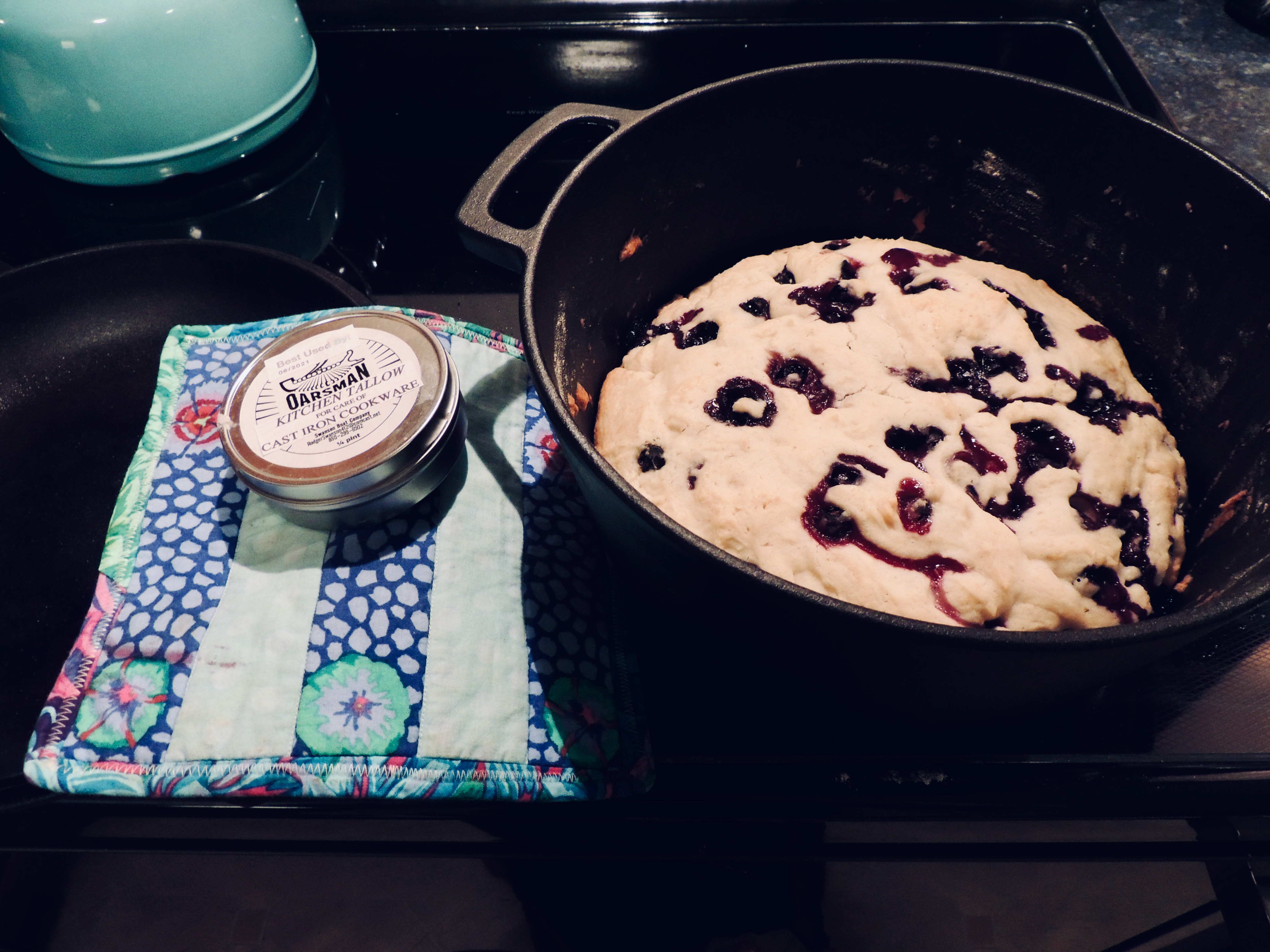
Growing up, I remember having a great desire to visit Morocco. I loved staring at pictures of beautiful rustic walls and open courtyards, and as soon as I had the chance to taste a Moroccan dish, I fell in love. I haven’t made it there yet, but the desire still lies within my heart. Is there a place you long to visit in the same way?
As I was searching for different dishes to make for our Amazing Africa journey, I was really intrigued by this Moroccan Chicken Pastilla from The Delicious Crescent. I haven’t made a lot of dishes with Phyllo Dough, but this one didn’t look too difficult, and as I read the list of spices that were included in the pastilla, my mouth started to water. It is an added bonus that I could make some Ras El Hanout spice mixture for this recipe and then use it for another recipe that I found in our lineup. Make sure to click on the links for both of these recipes if you want to try to make your own Pastilla!
Here is some of the process, keep your sound on for the crunch of the first slice:
One thing to remember about making something with Phyllo Dough…. take it out of the freezer the night before to let it thaw and set it out on the counter at least 4 hours before you want to make your Pastilla. I didn’t do that, so instead of making it all at once, I started it one night only to realize that I couldn’t finish it with frozen Phyllo Dough. This one was really fun because it’s topped with a little bit of cinnamon and sugar to make it savory and sweet, with the spices building underneath. Because of that, one of my pickiest daughters really liked this dish.



Find more recipes from countries all over Africa on our Amazing Africa Cast Iron Journey page. We are busy building the collection! Check out where our passion for Cast Iron started… it’s all because of the Kitchen Tallow.
Until next time, keep on cooking in cast iron! <3 Kate



































